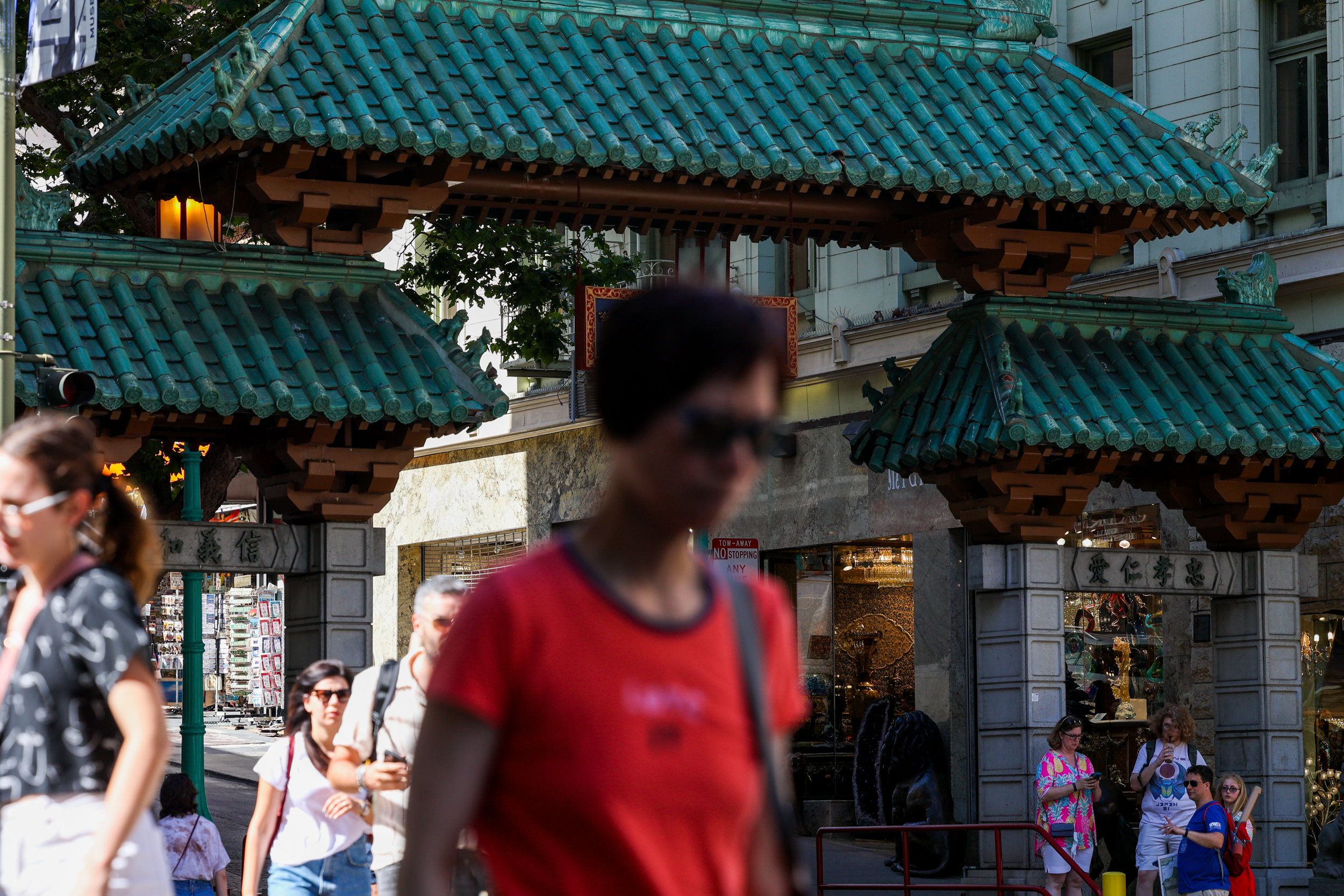Seeing the long ballot for the November election, Wendy Wong already knew what she would do: Vote no on all government spending and tax increases.
Wong, a Cambodia-born Chinese immigrant who’s lived in San Francisco’s Sunset District for decades, said she’s tired of being squeezed by City Hall.
“How are they going to spend? We don’t know,” Wong said. “And we should hold the politicians accountable.”
On this year’s ballot—from more divisive items like the “vacancy tax” and a property tax hike for City College, to less controversial measures such as those to boost funding for public transit, libraries and schools—Wong and thousands of other Asian voters cast a firm no.
In last week’s election, the more Chinese voters in the precinct, the more likely residents there opposed ballot measures—particularly those related to city spending. Though measures boosting funding for libraries (Proposition F) and public schools (Proposition G) that proved overwhelmingly popular citywide still passed in largely Chinese precincts, they did so by smaller margins.
The contrarian voting trend reflects a feeling among the majority of Chinese Americans in SF that the city’s headed in the wrong direction and that too little is being done to curb anti-Asian hate, said David Lee, executive director of the Chinese American Voters Education Committee.
“So it makes sense they would vote against tax and spending measures,” he said.
Proposition I—which would have required significant city spending to reopen JFK Drive to cars had it not failed with the citywide vote—was the only ballot proposition in which the margin of yes votes tended to increase in proportion to a precinct’s Asian population.
To take one proposition as an example, the chart below illustrates the relationship between a precinct’s percentage of Asian residents and its proportion of “no” votes on Proposition L.
The Chinese vote is highly coveted in San Francisco: At 23% of the city’s population, Chinese Americans are the city’s biggest Asian American group by far, and they are seen as reliable voters.
Much has been written about how a coalition of Asian and wealthy white residents ousted former District Attorney Chesa Boudin and the three school board members who got rid of merit-based admissions at Lowell High School. But this election’s results show just how different the two groups actually are.
Chinese voters in San Francisco were more likely to vote against proposals that would create more government bureaucracy or spend additional money. White voters were more likely to support more government spending, particularly on students and libraries.
That distrust in City Hall was borne out in The Standard’s November Voter Poll, too: Asians were the ethnic demographic with the least faith in San Francisco city government, with just 10% of Asian respondents saying they could trust local government all or most of the time, compared with 17% of white voters.
“Asian voters are still unhappy even after the recalls,” Lee said. “There’s still anti-Asian hate happening.”
Aside from crime, Lee said the sad state of Downtown San Francisco is also concerning to Asian voters.
“There’s a real concern that the city’s not doing enough to bring back employers and revitalize the Downtown, which so many Asian American small businesses depend upon for their livelihoods,” Lee said. “Chinatown is right next to the Financial District, and a lot of the business activity has disappeared with work-from-home and tech layoffs.”
The Chinese residents voting no down the line say they want the city to be doing more with its already-giant budget before they greenlight more spending.
Meina Young, a Chinese immigrant and longtime Richmond District resident, compiled a massive spreadsheet of all local property tax measures that increased city spending in the past decade—but haven’t necessarily improved quality of life for residents.
“There are no benefits coming out of the money that we put in,” she said.
What the ever-increasing taxing-and-spending shows, she added, is that City Hall is “completely out of touch with the people living here.”
Young also noted that San Francisco has lost tens of thousands of residents, so the government spending on services should shrink accordingly.
Young and Wong, both Democrats-turned-independents, also are pushing back on the characterization that they’re stingy or fiscally conservative, saying that’s an overgeneralization.
“If we need to spend, we will spend,” Wong said.
She said the city just needs to spend more wisely.
About the Data
We extrapolated the population and various demographic factors for each election precinct from census tract data from the five-year 2020 American Community Survey. Note that this is an imperfect mapping: There are roughly twice as many precincts as census tracts, so the demographic data must be considered estimates.
